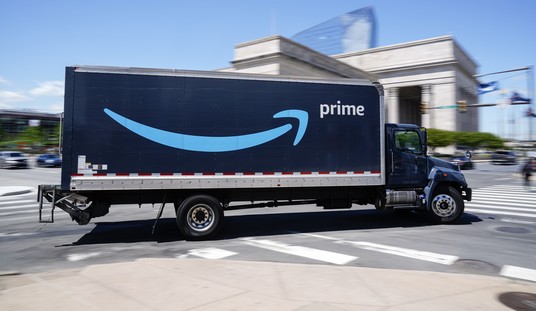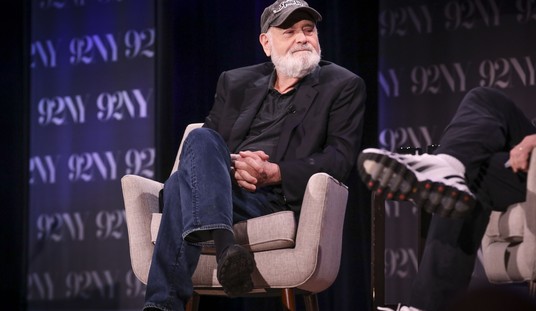WASHINGTON -- The times truly are out of joint when the most important IPO -- initial public offering -- of 2010 could come from what was American capitalism's iconic corporation for most of its 102 years. Andrew Bary, writing in Barron's, says General Motors "may go public in the second half of this year, and its stock market value could top $50 billion, more than Ford's $40 billion."
This is justice under today's state capitalism: Ford took on $23.6 billion in debt to avoid becoming dependent on Washington, whereas GM shed much of its debt by becoming dependent. Washington, Bary explains, turned most of its $50 billion loan to GM into 60.8 percent ownership, the United Auto Workers got 17.5 percent for forgoing a $20 billion health care claim against the company, and Canada's government got an 11.7 percent stake for $9 billion.

Detroit's long drive down the crumbling road to disaster is chronicled in "Crash Course" by Paul Ingrassia, formerly of The Wall Street Journal. It is a story of the hubris of a corporate oligopoly and the myopia of a union monopoly.
When Henry Ford said people could have his cars in any color they wanted as long as it was black, the actual name of the color was, portentously, "Japan black enamel." But in 1927, GM hired Harley Earl, whose father designed custom cars for Hollywood stars, to head its Art and Color Section, a harbinger of Detroit's emphasis on cars as "visual entertainment" -- Earl's phrase -- rather than on the technological improvements Japanese automakers would come to emphasize.
Enchanted by stabilizer fins on World War II P-38 fighter planes, Earl put tail fins on 1948 Cadillacs. By 1959 the fins were almost as high as the car's roof. The chrome protrusions Earl put on Cadillacs' front bumpers were at first supposed to project power by resembling artillery shells. Soon, Ingrassia writes, they were nicknamed "dagmars" after the breasts of a television starlet.
Recommended
But in 1959, an ad showing a Volkswagen Beetle in front of a suburban home asked, "What year car do the Jones drive?"
This, Ingrassia says, "took direct aim at annual styling changes, which lay at the very heart of Detroit's business model."
When Lee Iacocca ran Chrysler, it spent $2 million on gold-plated faucets and other trimmings on the company's suite at the Waldorf. Even in the late 1980s, GM had segregation by rank in the "salaried men's rest room" and the "hourly men's rest room." Still, the UAW hourly workers flourished.
In 1970, a 67-day strike against GM won, Ingrassia reports, "the company's 400,000 hourly workers (triple what the Big Three's combined total would be 40 years later) a 30 percent wage hike over the next three years." Soon thereafter, workers could retire at any age with a full pension after 30 years on the job. "If the retiree lived to be 79 or older," Ingrassia writes, "he or she would spend more years drawing a full pension than actually working."
Those still working did so under rules so complex that the table of contents of the contract was almost 20 pages long. Other autoworkers were unenthralled by such UAW triumphs: In 1986, the UAW abandoned its attempt to unionize Honda's Marysville, Ohio, plant by secret ballot plebiscite. It did not have the votes. Today, organized labor wants "card check" organizing so it can dispense with secret ballots.
By the turn of this century, GM was being kept afloat by its financing arm, GMAC, which was deeply into subprime mortgages. Ingrassia dryly notes: "Some GM dealers in Southern California were taken aback when customers bristled at being asked to fill out a GMAC credit report for a car loan. They hadn't needed a detailed credit report to get a mortgage from GMAC on their new home."
Studebaker shut down in 1966, and American Motors was absorbed by Chrysler in 1987. But compassionate government has stopped the Darwinian culling of the herd.
When Washington bailed out Chrysler in the late 1970s, Alan Greenspan, then a Wall Street consultant, said the danger was not that the rescue would fail but that it would work, thereby whetting Washington's appetite for interventions. The bailout "worked" in that the government made money from it and Chrysler survived to be rescued 30 years later by an administration that, as a wit has said, can imagine the world without the internal combustion engine but not without Chrysler.

























Join the conversation as a VIP Member